Over the millennia, animals have gone extinct from earth due to many reason. But due to speedy advancement in science specifically in biotechnology, scientist are getting closer to bring back some of this extinct animals. Here is the list of top 10 animal that science could bring back to life.
Before there were domesticated cattles, there was the auroch. Once a species of the plains of Europe, the auroch vanished entirely by 1627, but recent efforts have pointed to bringing this 6’ (1.8 m)-tall behemoth cattle back to life. Utilizing a process of selective breeding, researchers hope to be able to use the domesticated cattle to eventually produce a viable auroch, but it’s a lengthy process that involves first reconstructing the extinct animal’s DNA through bone and teeth fragments then matching that with current cattle species to find the best match.
For years before its disappearance in the mid-19th century, the great auk suffered from game hunting along the coasts of the North Atlantic. It’s possible that we feel a pang of guilt about completely eradicating the species because now we’re dead set on bringing this penguin-esque, flightless bird back to life. Spearheading the resurrection of the great auk is Revive & Restore, an organization dedicated to the “genetic rescue of endangered and extinct species.” R&R hopes to extract genetic material from fossils of the auk to fuel the genome sequencing needed to modify and fertilize the embryo of a razorbill.
Another candidate eyed up by Revive & Restore, the passenger pigeon is a relatively newly extinct bird, with the last of its kind spotted in the early 20th century. Due to human involvement in there habitat and extensive hunting, the pigeon was move to extinction but is also believed to be in the list of miraculous return. Ample DNA pulled from dry tissue and bone of passenger pigeon and the existence of a closely related relative, the band-tail pigeon, all work in favor of bringing back this once-wild pigeon.
Gastric-Brooding Frogs known for its considerably unusual method of birthing its young one, the platypus frog, or gastric-brooding frog, was last observed in the 1980s. Due to its recent extinction, scientists have their eye on bringing the frog back through a method of somatic-cell nuclear transfer, a specific means of cloning where a body cell and egg cell are used to create an embryo. Female platypus frogs swallowed their eggs, converting their stomach into a womb and, upon birth, they regurgitated their young.Thanks to pathogenic fungi introduced by man, this unique frog was completely eradicated.
Former Australian, Tasmanian, and New Guinea native, the Tasmanian Tiger was also known more formally as the thylacine. When the last of this species died out in captivity in 1936 it was a loss felt heavy in the regions it once scoured. In 1999, the Australian Museum launched a project to clone the thylacine using genetic material taken from specimen preserved in the 20th century. Though initial attempts resulted in failure, later research led to the alleged completed sequencing of the thylacine mitochondrial genome, giving promise to the possible future revival of this incredible species.
A relative of the modern elephant, the mastodon once called Central and North America its home during the Pliocene and Miocene periods. Once believed to have fallen victim to the tenacious nature of man, more recent research points to a more rapid mass extinction, possibly connected to tuberculosis. Focus on reviving the mastodon has largely been overshadowed by another popular prehistoric mammal, but there are eyes focused on bringing the 9’ (2.8m)-long Proboscidea back from its status of “extinct.”
You know what our world is missing? Giant cats that grow up to around 4’ (1.2 m)-tall with massive canines that could reach almost a foot (.3 m) in length. This saber-toothed cats may be a fascinating prehistoric creature, but even specialists around Yellowstone National Park can see the disastrous scenarios that could arise from bringing these ferocious felines back. Regardless of potential pitfalls, researchers have the smilodon on their shortlist of candidates for de-extinction.
The efforts has been put into bringing this flightless bird back from the dead. On its home island of Mauritius in the Indian Ocean, the dodo had no natural predators. That is, of course, until man came along. The perception that they were dumb comes from the fact that they wouldn’t run from humans that were hunting them and essentially let us kill them to extinction. Now we’re all about trying to bring them back. Guilty much?
They’re certainly trying, but researchers have been hitting a roadblock in their attempt to resurrect this giant flightless bird. Prior to being hunted into extinction, the moa was an oversized bird, similar to the common emu, that was endemic to New Zealand. At an average height of 12’ (3.6m), the moa towered as the dominant herbivore in the Kiwi forests with only two known predators – man and the Haast’s eagle. By considering its relatively recent extinction, researchers are hopeful that they can clone it from any of the number of the remains still available.
Maybe the most obvious inclusion in this list, researchers have been very vocal about bringing back the prehistoric woolly mammoth. In fact, a movement has been pretty consistent on seeing this Pleistocene brought back to life. The latest development comes from a team of scientists from Harvard who believe they will be able to create an elephant-mammoth hybrid embryo within the next few years. Other teams have been on the hunt for living tissue or viable sperm cells within frozen specimen, hoping to either extract DNA for cloning or impregnate an elephant.
Which of this extinct animal would you like to see, let us know in the comment section.
You may like:
10. Auroch
9. Great Auk
8. Passenger Pigeon
7. Gastric-Brooding Frogs
6. Tasmanian Tiger
5. Mastodon
4. Smilodon
3. Dodo
2. Moa
1. Woolly Mammoth
Maybe the most obvious inclusion in this list, researchers have been very vocal about bringing back the prehistoric woolly mammoth. In fact, a movement has been pretty consistent on seeing this Pleistocene brought back to life. The latest development comes from a team of scientists from Harvard who believe they will be able to create an elephant-mammoth hybrid embryo within the next few years. Other teams have been on the hunt for living tissue or viable sperm cells within frozen specimen, hoping to either extract DNA for cloning or impregnate an elephant.
Which of this extinct animal would you like to see, let us know in the comment section.
You may like:

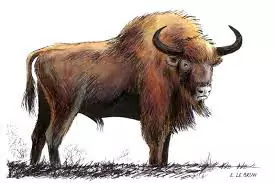


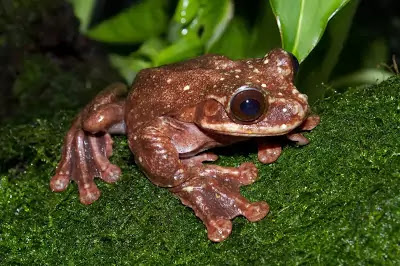
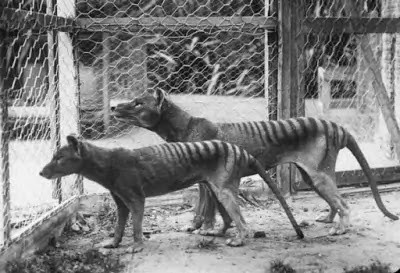
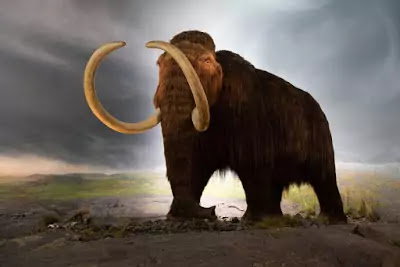
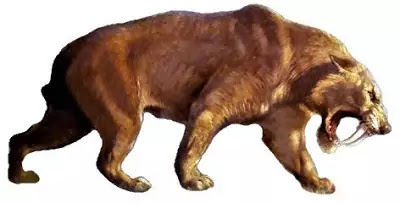

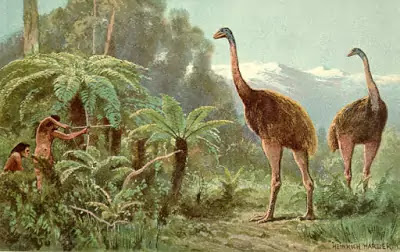
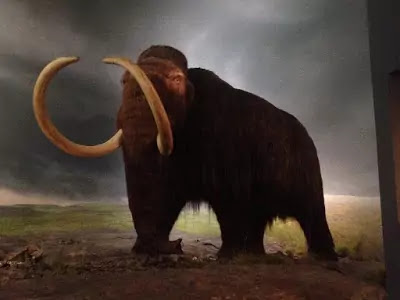




0 Comments